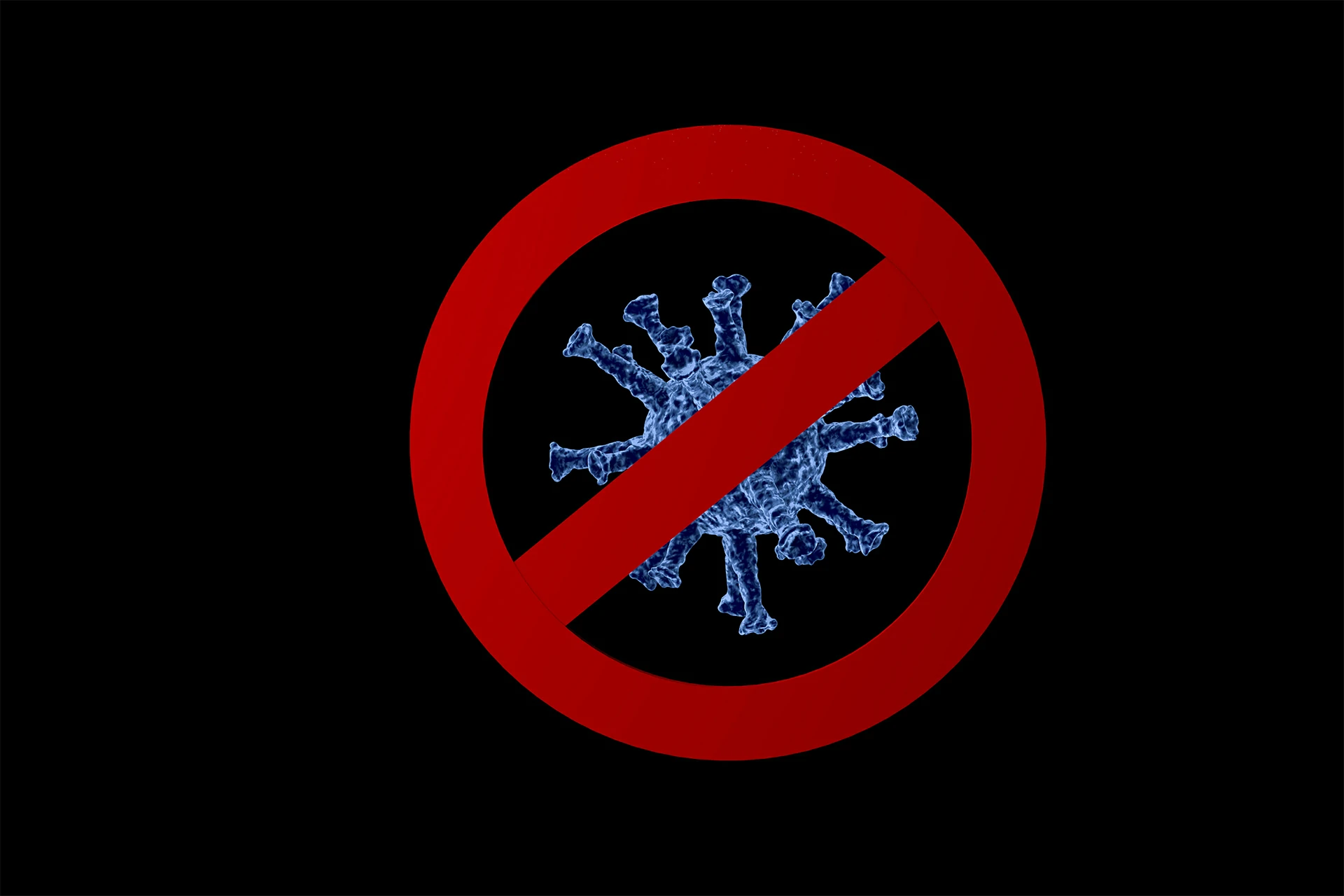
Antimicrobial fabric refers to any textile that protects against the growth of bacteria, mold, mildew, and other pathogenic microorganisms. This is achieved by treating textiles with an antimicrobial finish that inhibits the growth of hazardous microbes, creating an added layer of defense and prolonging the life of the fabric.

Antimicrobial fabrics are used across a wide range of end-use applications. We have listed a few examples below.
Housewares: towels, bedding, upholstery, carpets, curtains, pillows
Commercial: window coverings, military fabrics, uniforms, tenting, carpets.
Apparel: caps, jackets, workwear, sportswear, fleeces, intimates
Building Products: architectural fabrics, awnings, canopies
Healthcare: scrubs, masks, drapery, window coverings, bedding, filters, lab coats

While antimicrobial fabric works great to slow the growth of microbes, it does not kill pathogens on contact, meaning it is not completely effective at stopping the spread of viruses. Even the fastest acting antimicrobial textiles take several minutes to kill microbes, while others only stop or slow their growth. Instead of using them as a substitute for hygiene and other health and safety precautions, they should be thought of as an extra layer of defense against harmful microorganisms to use in addition to your regular sanitary protocol.

Antimicrobial fabrics offer freshness, stain protection, and extended product life, even for heavy-duty outdoor applications.
Formulated to provide excellent durability, antimicrobial fabrics treated with Ultra-Fresh or Silpure offer effective performance after multiple cleanings or extended exposure to environmental stresses.

Antimicrobial fabric treatments can be applied during normal textile finishing processes, meaning no special equipment or processing steps are required.
When applying by coating, padding, exhaustion, or foaming, the antimicrobial additive can typically be used in combination with other common auxiliaries such as softeners, moisture management systems, fluorocarbon, or resins.
Antimicrobial treatment for fabric can be used in textile coatings by adding directly to the liquid prior to application.
Certain antimicrobial additives for fabrics can also be included during the extrusion process of synthetic fibers such as polyester, polyamide, or polypropylene.
Layne | 09-03-2024 | Views 394 times
Sweatshirt Knit Fabric Series: Functions and Composition 1. Introduction to Sweatshirt Fabric Sweatshirt fabric is one of the most basic fabrics used in circular knitting. As the name suggests, it is used for making sweatshirts. In technical terms, it is know...
Layne | 09-02-2024 | Views 366 times
Are you looking for common swimwear fabrics? 1. Common Swimwear Fabrics In the blazing summer, it’s the season for swimwear to shine. So, what are the most commonly used fabrics for swimwear, and how should you select and care for them? 1.1 Lycra (DuPont L...
Layne | 09-01-2024 | Views 394 times
The Versatility of Polyester Stretch Fabric 1. Introduction Polyester stretch fabric is a standout in the textile industry, known for its flexibility, durability, and comfort. This fabric, made from a blend of polyester and elastane (or spandex), is widely us...
Layne | 08-31-2024 | Views 400 times
Nylon Stretch Fabric: The Perfect Blend of Strength and Flexibility 1. What is Nylon Stretch Fabric? Nylon stretch fabric is created by blending nylon fibers with elastane or spandex. Nylon itself is a synthetic fiber known for its toughness, resistance to we...
Layne | 08-22-2024 | Views 433 times
RPET Non-Woven Fabric: A Perfect Blend of Eco-Friendliness and Practicality 1. Background As environmental awareness increases, RPET non-woven fabric is becoming a popular choice in the market. RPET (Recycled Polyethylene Terephthalate) non-woven fabric not o...
Layne | 08-21-2024 | Views 506 times
Introduction to 10 Fabric Finishing Processes 1. Purpose of Fabric Finishing Finishing is a technical treatment that imparts color effects, shape effects (such as smoothness, velvety texture, stiffness, etc.), and practical effects (such as water resistance, ...
Contact us now for a free consult!